Affiliate links on Android Authority may earn us a commission. Learn more.
HTC U11 hands-on: HTC's true 2017 flagship
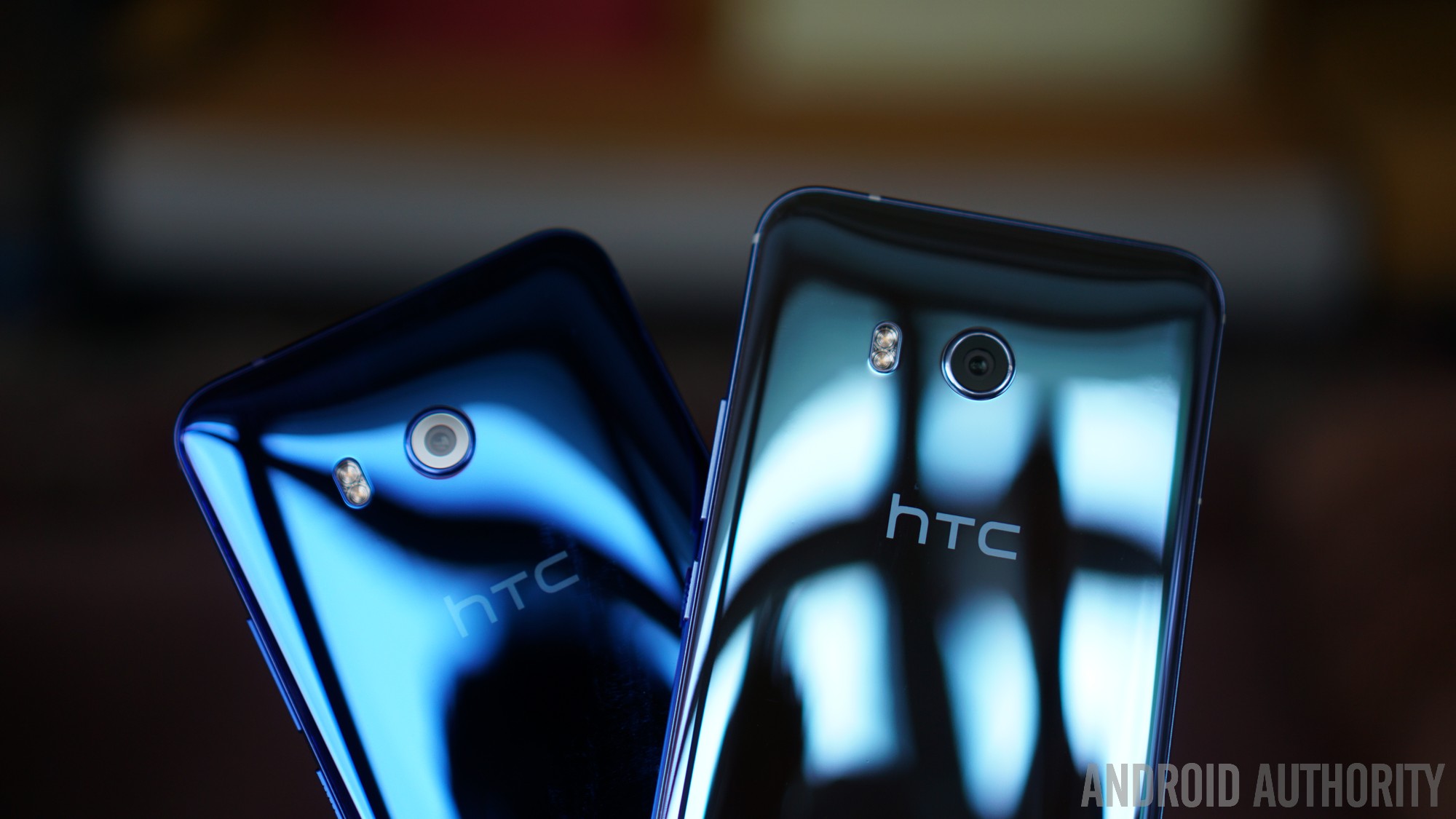
As we near the halfway point of the year, we’re about to enter that lull period in the mobile industry where flagship announcements are few and far between. In previous years, Taiwan-based HTChas been consistent about introducing its flagship phone earlier in the year, usually during Mobile World Congress, but this year they’ve opted to do something different – by announcing a pair of phones shortly after CES, with neither of them being considered as flagships by the company.
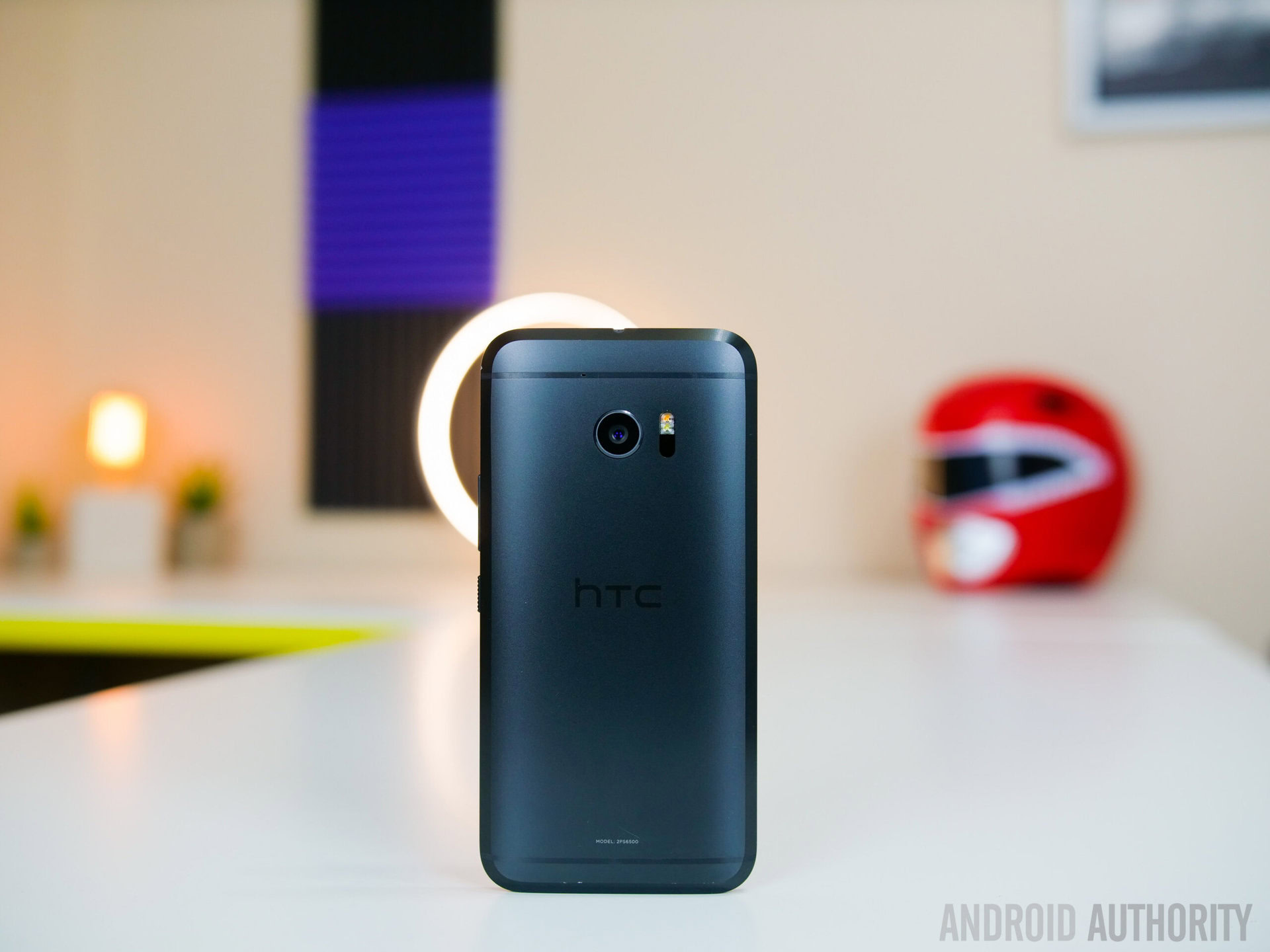
The HTC U Ultra and U Play introduced a totally new design language and user experience to consumers, a radical departure from HTC’s track record in years past. While that history proved popular with reviewers and tech aficionados, it didn’t exactly translate into mass market appeal. Hence the changes HTCintroduced this year.
While the U Ultra and U Play don’t yet seem to have made a huge difference to HTC’s mainstream popularity, the question remained: could HTC’s true 2017 flagship turn things around? Now that they’ve seen what the competition has done, HTCis the last of the bunch to take the wraps off its latest hero device, the HTCU11, which as its model number indicates, is the 11th flagship in HTC’s history, but one that contains much of the new U series’ DNA as well.
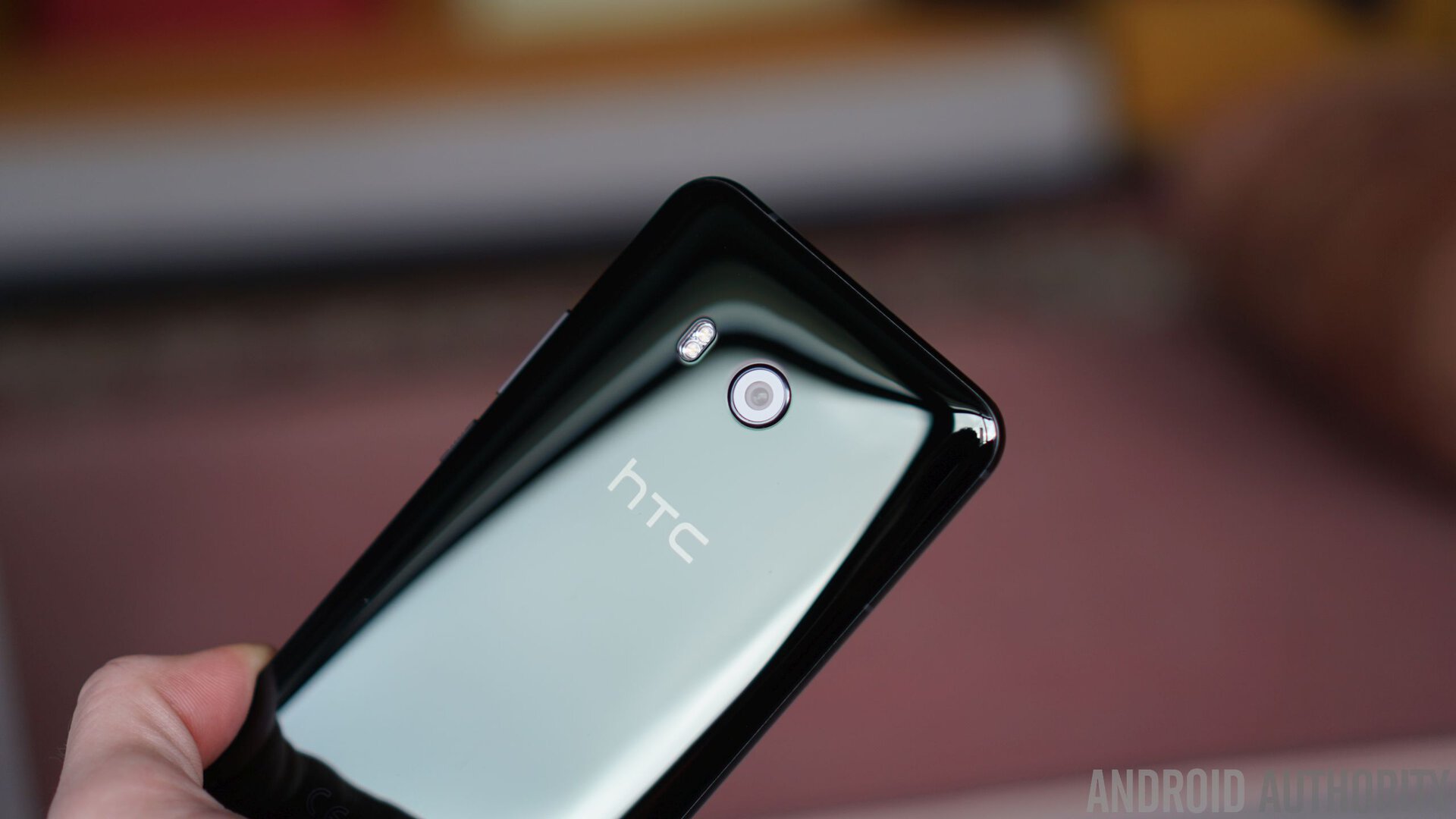
Expectations are undeniably riding high with this one, especially given what we’ve seen thus far. Can the HTCU11 remain relevant against the best of 2017’s flagship devices? Does it have the necessary wow factor it will need to stand out against the best from Samsung and LG?
Expectations are undeniably riding high with this one, but can the HTCU11 remain relevant?
Looking at the HTCU11, there’s no denying the new direction HTChas planned for its devices, opting to once again leverage the same all-glass construction and unibody aluminum band introduced by the HTCU Ultra and Play. Available in four colors – ice white, amazing silver, brilliant black, and sapphire blue (with a special fire engine red version in select markets) – the HTCU11’s mirror-esque finish adds a nice luster to the phone, but just as before, the glass finish becomes a real magnet for fingerprints.
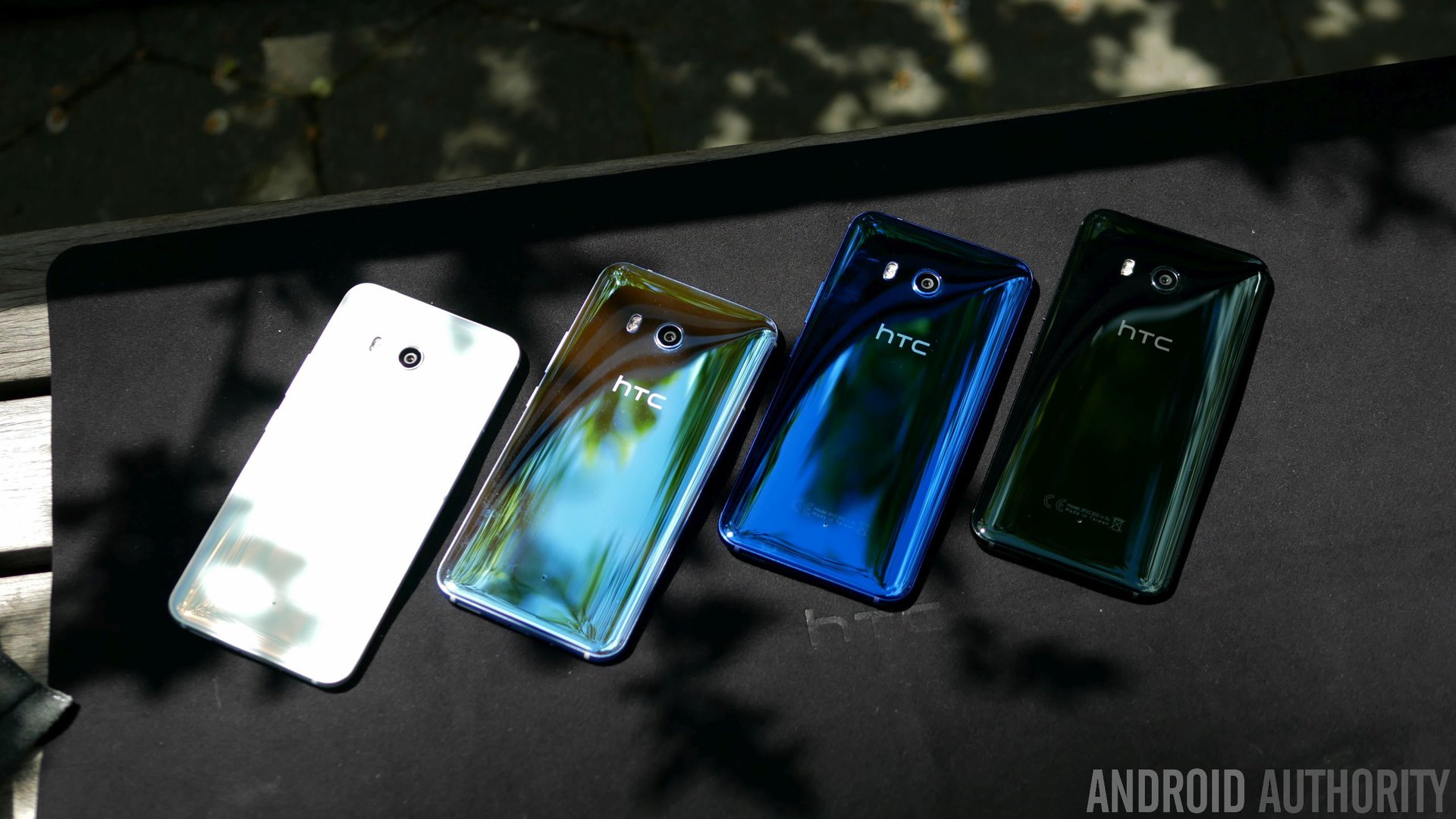
This “liquid surface” design language replaces the storied tradition of HTCutilizing primarily metal bodies for its flagships. Some might not be pleased about this direction, but it’s nonetheless something new and different to help establish HTC’s new identity. The HTCU11 has symmetrical 3D glass on front and back and if you liked the look of the U Ultra or U Play, you’ll love the U11.
The HTCU11 has an IP67 rating, something that the previous U devices lacked.
If you were a little anxious about just how big this phone would be, you’ll be pleased to know the HTCU11 almost matches the HTCU Play’s overall size, making it far more manageable to hold in one hand than the U Ultra.
In addition to that, the HTCU11’s construction has an IP67 rating, something that the previous “U” devices lacked, so to that degree, it at least matches some of its main flagship rivals for dust and water resistance.
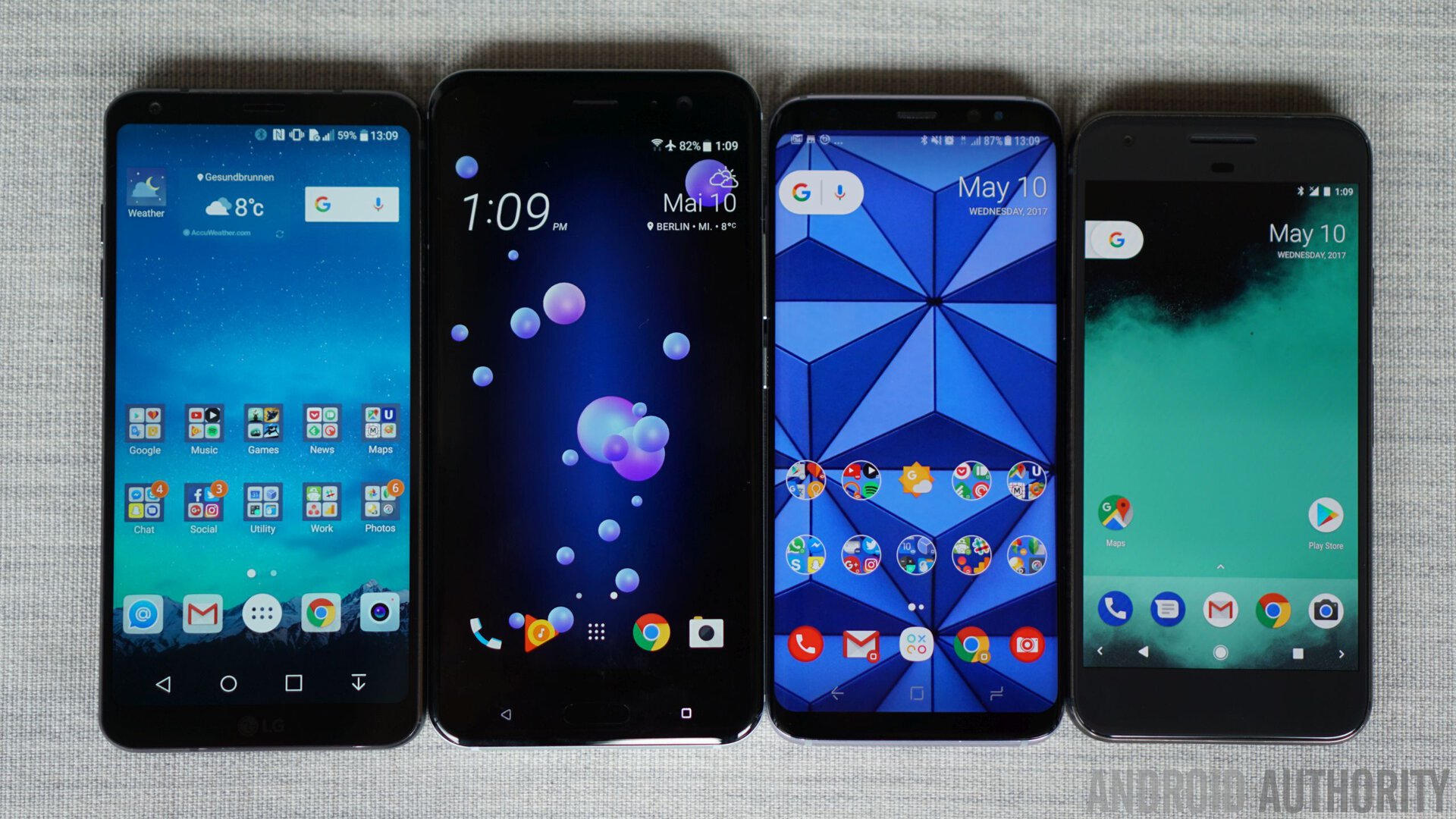
And after so much flak about all the dead space in the HTCU Ultra, the HTCU11 also forgoes the 3.5mm headphone jack – choosing instead to rely on the USB Type-C connection and the new HTCUSonic earbuds that’ll come bundled with the phone. Sure, it’s a small consolation, but this new version features active noise cancellation courtesy of the HTCU11’s audio processing and an additional mic in the ear buds. There’s also one touch calibration for fine-tuning your audio profile.
The HTCU11 also forgoes the 3.5 mm headphone jack...
Other audio-centric features of the HTCU11 include 3D audio recording with its four “omni-directional, high sensitivity” microphones. The U11 comes with HTCBoomSound Hi-Fi edition speakers, which leverage both the speaker on the bottom edge of the phone as well as the earpiece.
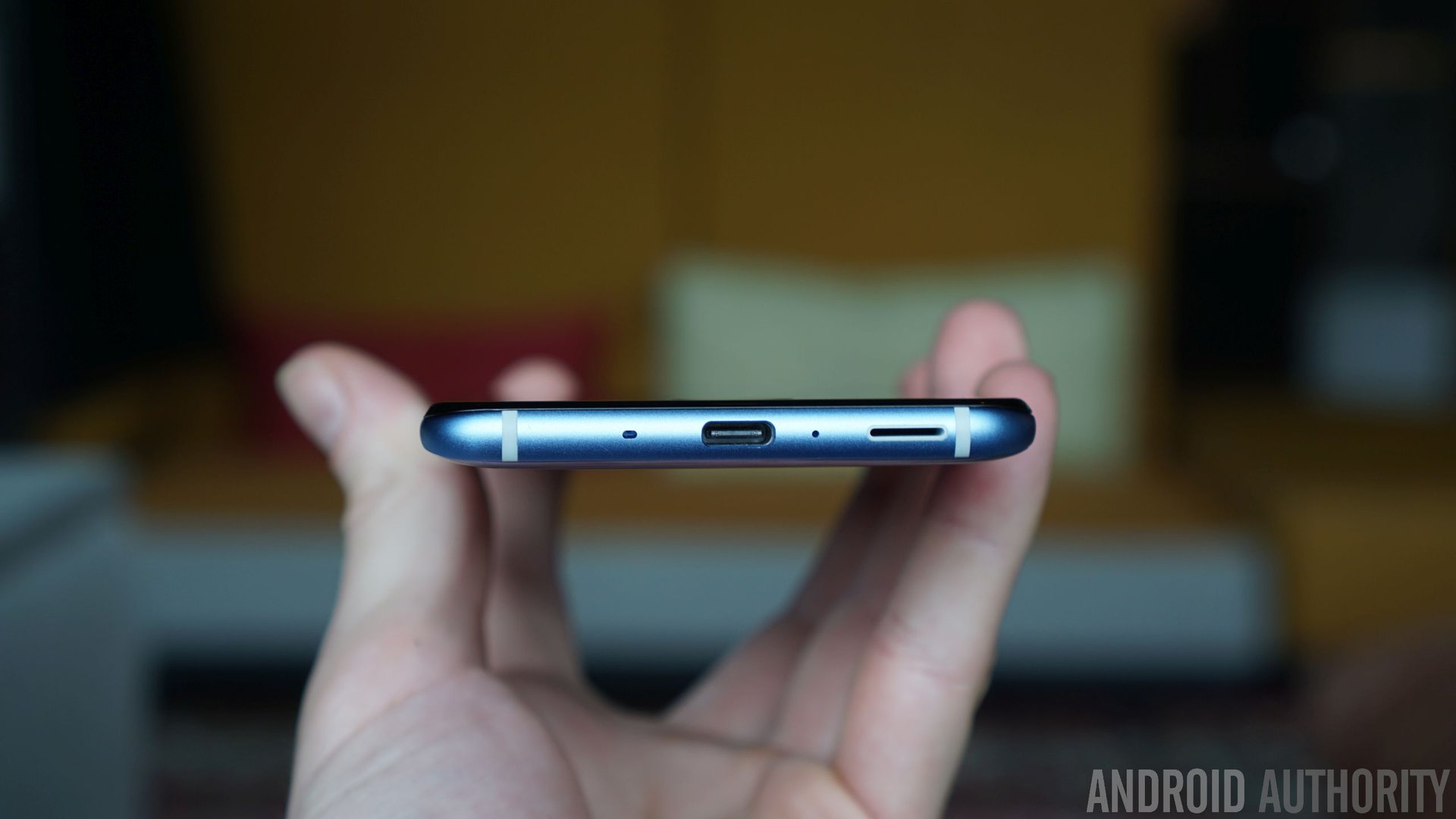
The U11’s speakers channel audio through the whole phone, turning the entire thing into a speaker. Impressively enough, you can cover either speaker without the typical drop in volume. There’s also a USB-Type C to 3.5 mm headphone adapter in the box and a “performance grade” DAC to keep audiophiles happy.
When it comes to all-glass constructions, this “liquid” glass design language is still a step up over the LG G6, even more so thanks to the way its curved edges and tapers make it more comfortable to grasp. But we wouldn’t go so far as to proclaim that the HTCU11 is better looking than the Galaxy S8.
Some changes are positive – the camera lens is now more flush to the surface and the HTCU11 certainly has the kind of looks that attract curious eyes – but the question remains of how much substance lies beneath the surface. For example, the Galaxy S8 looks just as good, if not better than the U11, and arguably offers a lot more.
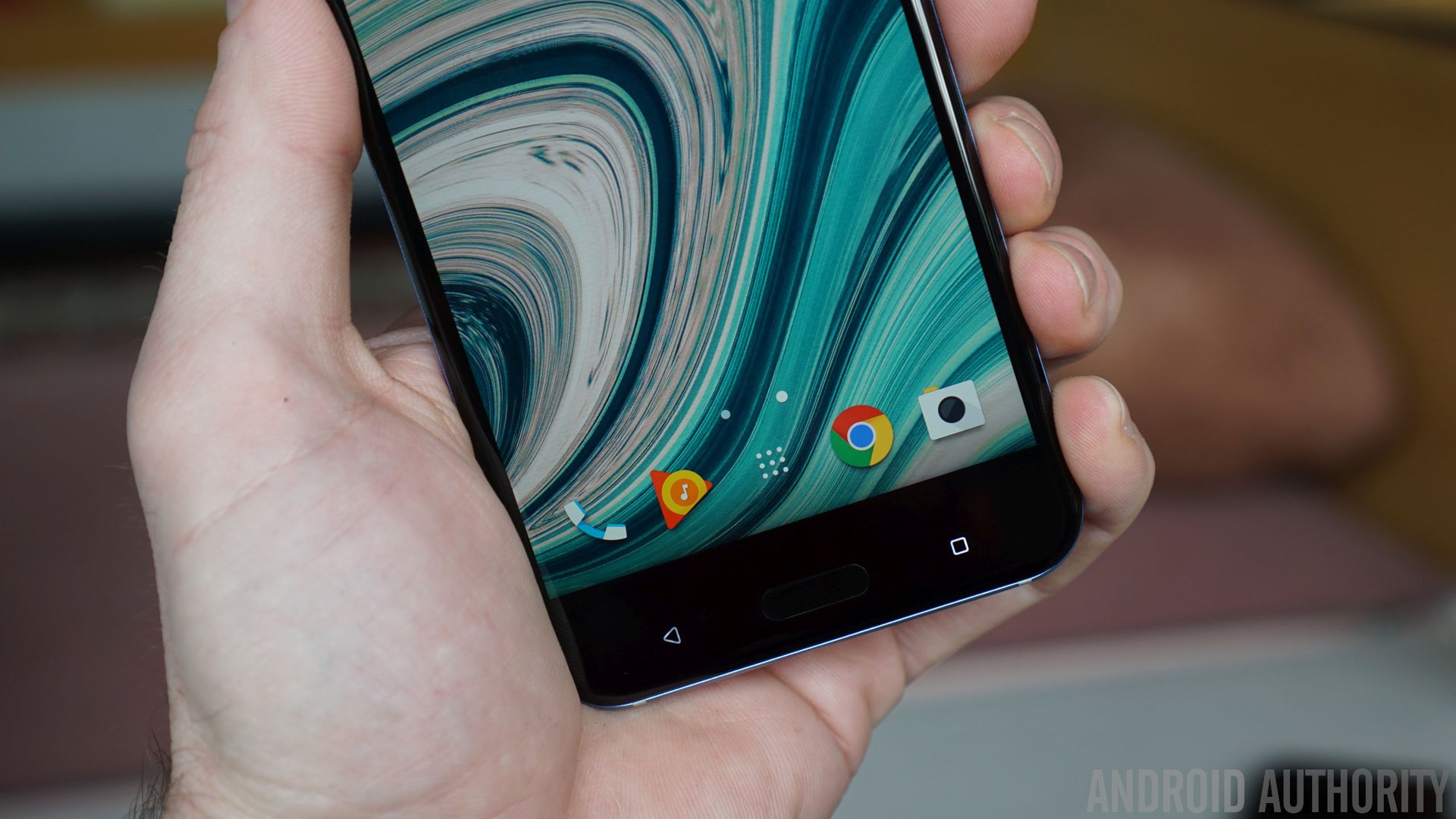
Let’s get back to the hardware for a minute. Part of the reason for the HTCU11’s more manageable size is because of its screen: an “in-betweener” 5.5-inch Quad HD (2,560 x 1,440) Super LCD 5 display with Gorilla Glass 5. We can’t complain about the resolution and size, given then it’s more than ample for VR purposes with a pixel density count of 539 ppi.
Saturation and contrast look good, but we’ll have to put the screen through our display testing in the full review before we make any definitive judgments. Super LCD technology has always been superior with outdoor visibility under direct sunlight though, so it’s reassuring that the same is found here with the HTCU11.
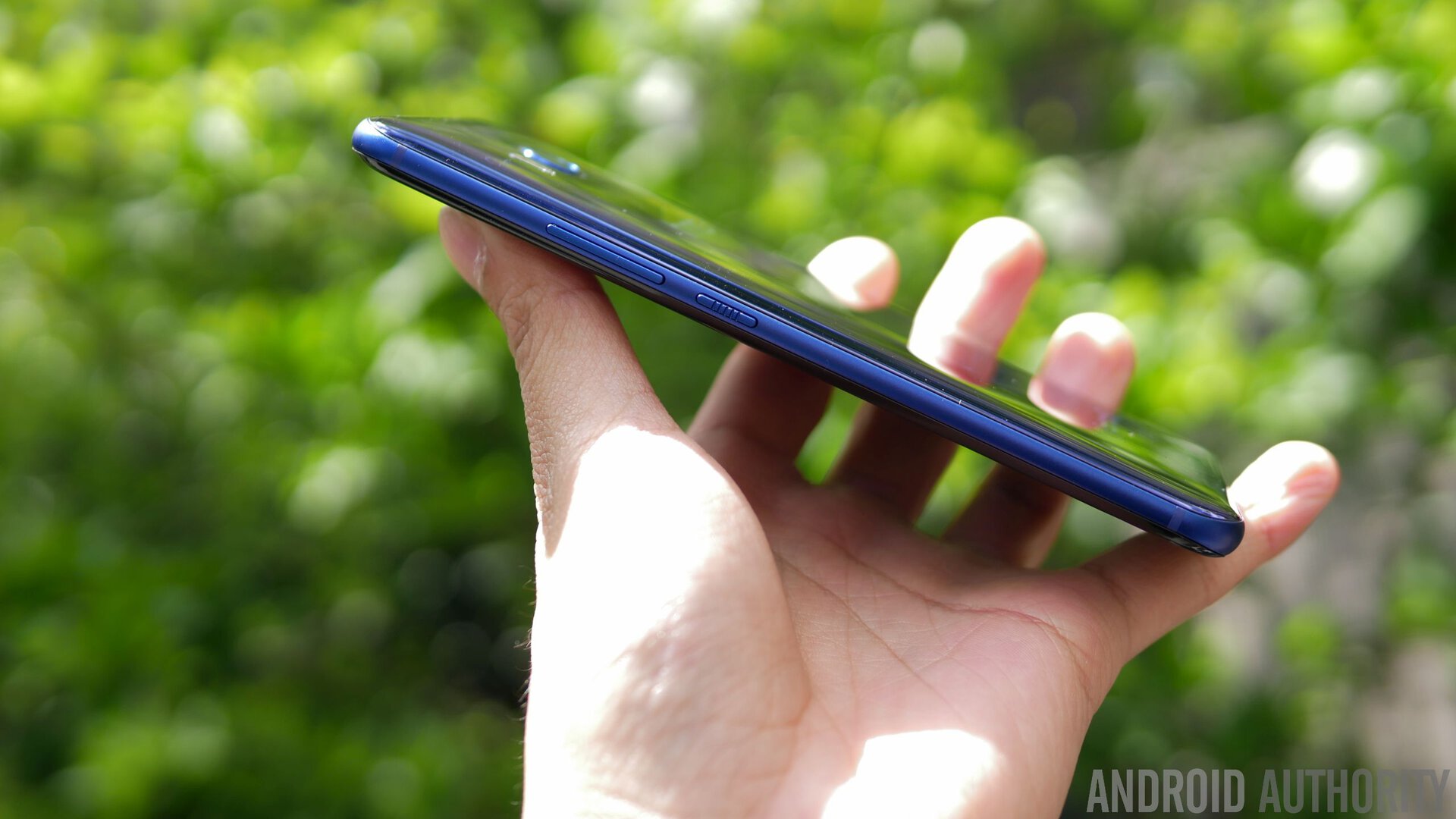
Slapped with the flagship moniker, the HTCU11 is powered by a Qualcomm Snapdragon 835 SoC, the latest and greatest from the chip maker. That’s certainly a sigh of relief and effectively ensures its flagship status, but the US variant of the phone will only be available with 4 GB of RAM and 64 GB of internal storage with microSD expansion.
The Qualcomm Snapdragon 835 SoC ensures the U11's flagship status, but the US will only get 4 GB of RAM.
What’s interesting, though, is that an additional version for the international market will offer 6 GB of RAM and 128 GB of storage. We didn’t see any hiccups with the 4 GB model in our short time checking it out, but again, we’ll need to put it through its paces in the full review to see how it stacks up against the best devices of 2017.
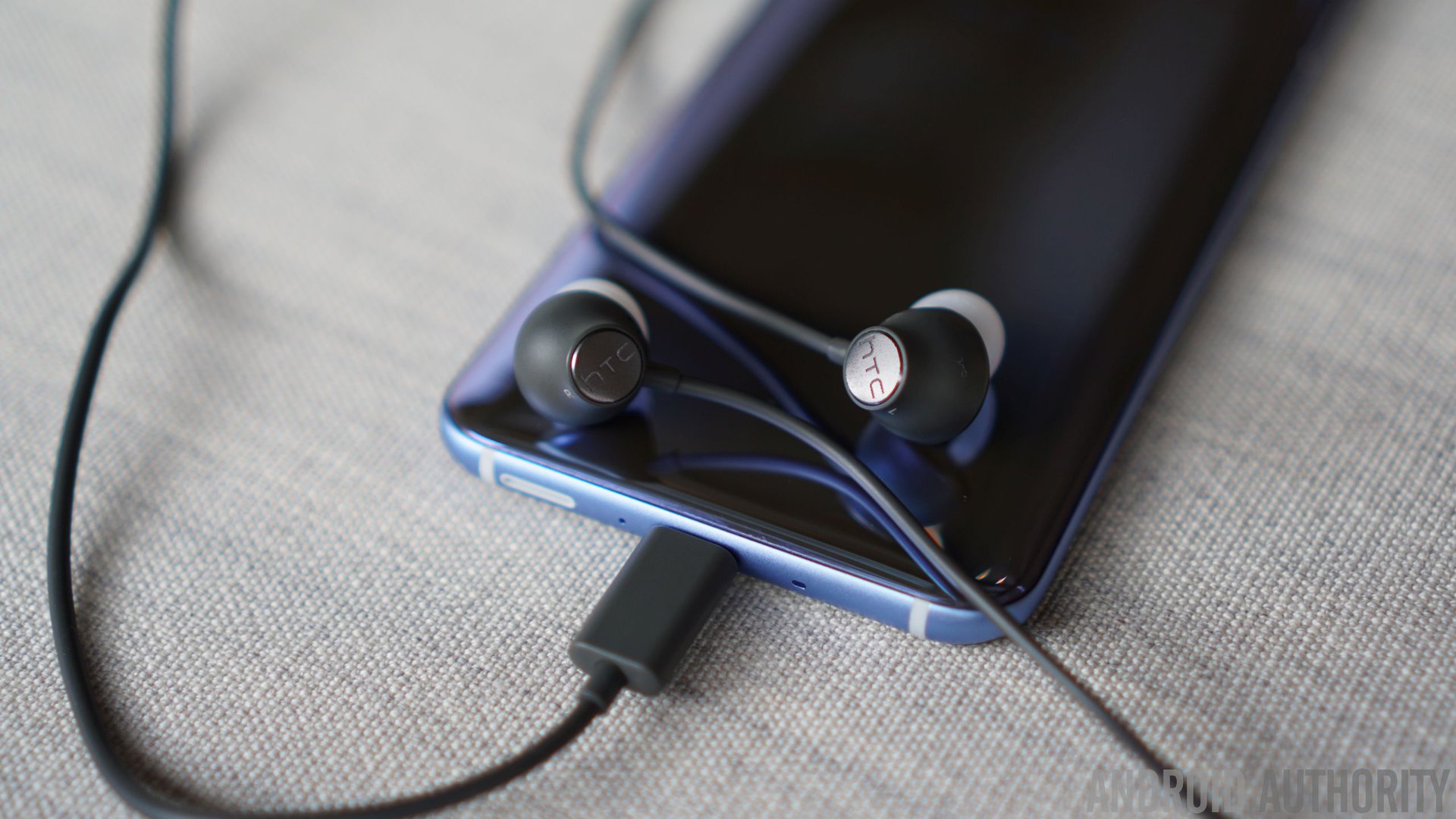
Of course, the headline feature for the HTCU11 is what the company is calling Edge Sense. Expanding upon its new HTCSense Companion experience and HTCSense on top of Android 7.1 Nougat, HTCEdge Sense offers quick access to certain functions….by merely squeezing on the sides of the phone with your hand.
The headline feature for the HTCU11 is what the company is calling Edge Sense, or squeezable shortcuts.
Yes, you read that correctly! Essentially, the HTCU11 is capable of analyzing two kinds of squeezes, short and long, which are fully programmable and allow for things such as turning on the flash, launching the camera, taking a selfie, and much more.
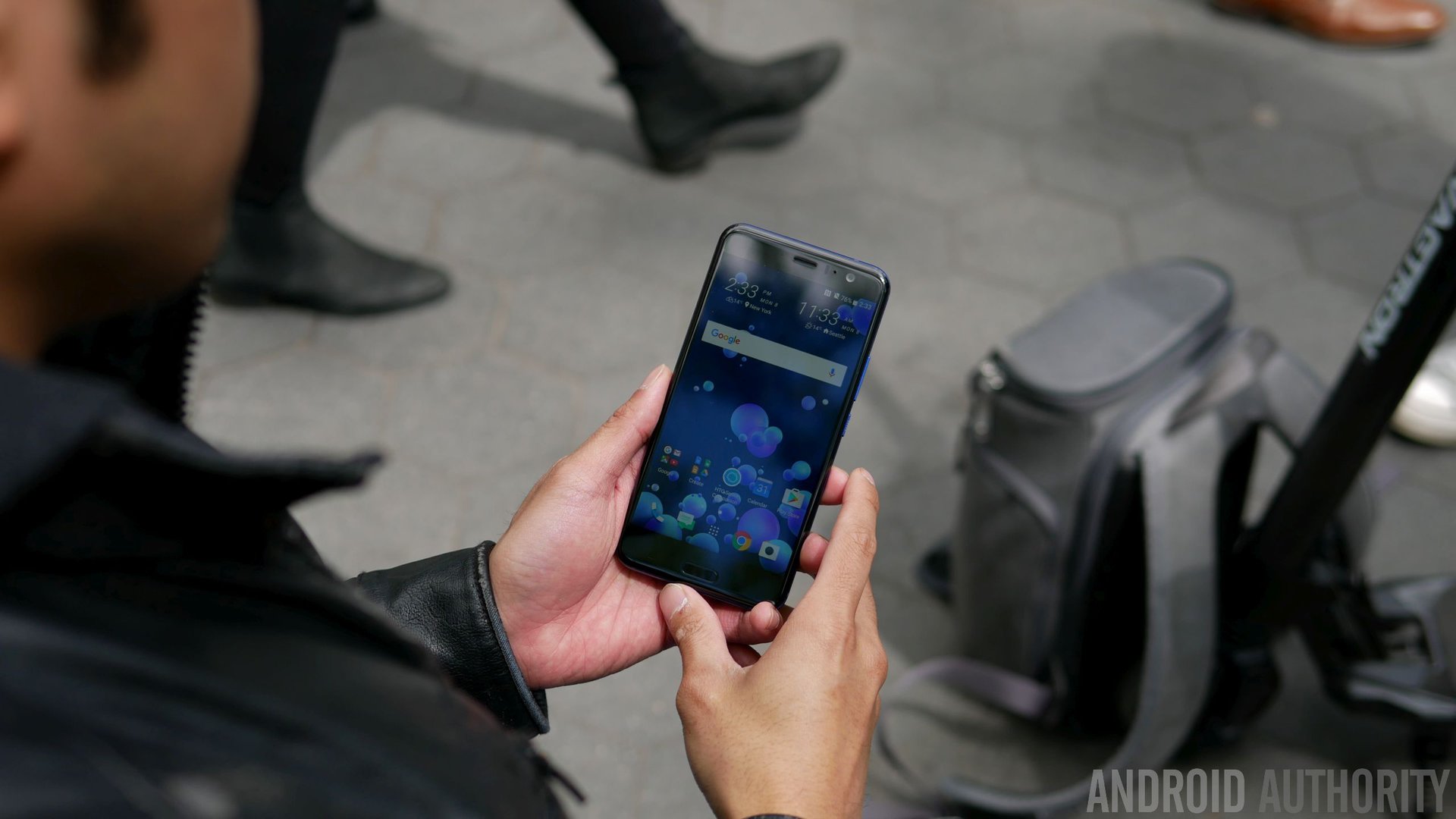
It’s ultimately just a new form of shortcutting, which is something we’ve seen countless times before (think BlackBerry’s convenience key, Android Nougat’s launcher shortcuts or double pressing the power button to launch the camera). But Edge Sense is a familiar idea implemented in a very novel way.
While it’s easy to pass off as a gimmick, there’s still some practicality in it. Take the example of trying to take a photo underwater: touch screens don’t work underwater, but on the HTCU11 you can launch the camera with a single squeeze and then shoot a photo with a long squeeze. Or perhaps you want to turn on the flashlight in the frigid winter when it’s too cold to pull your gloves off.
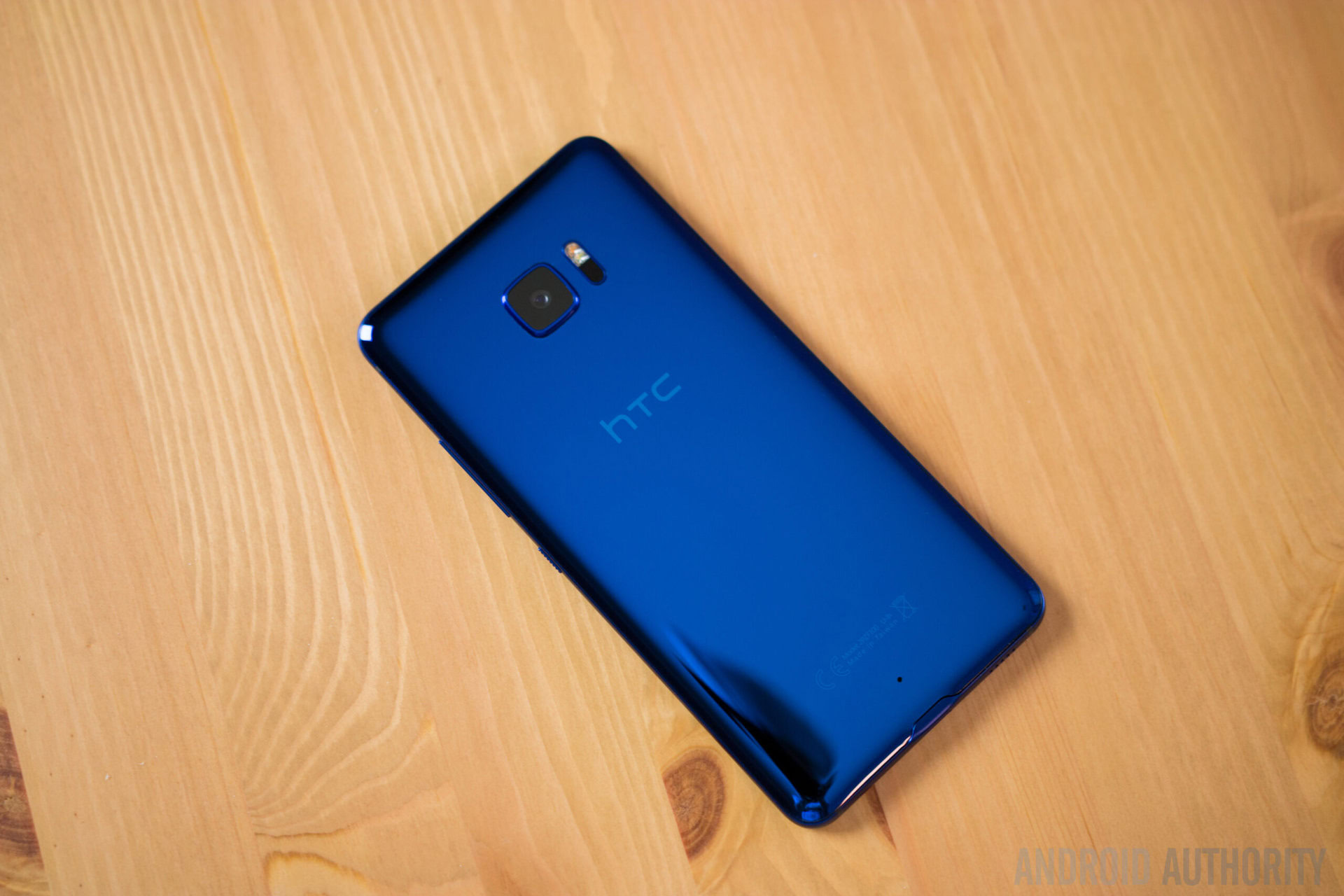
The best part is that it’s fully customizable and entirely optional, so you can tweak it exactly the way you like or completely ignore it, the choice is yours. Sense Companion, Google Assistant (and eventually Amazon Alexa) are programmable and you can add two shortcuts to any app: this is definitely cool. We were even told additional functionality might be added at a later date. There are definitely some solid use cases for Edge Sense, but we wouldn’t say it’s a game changer in any capacity.
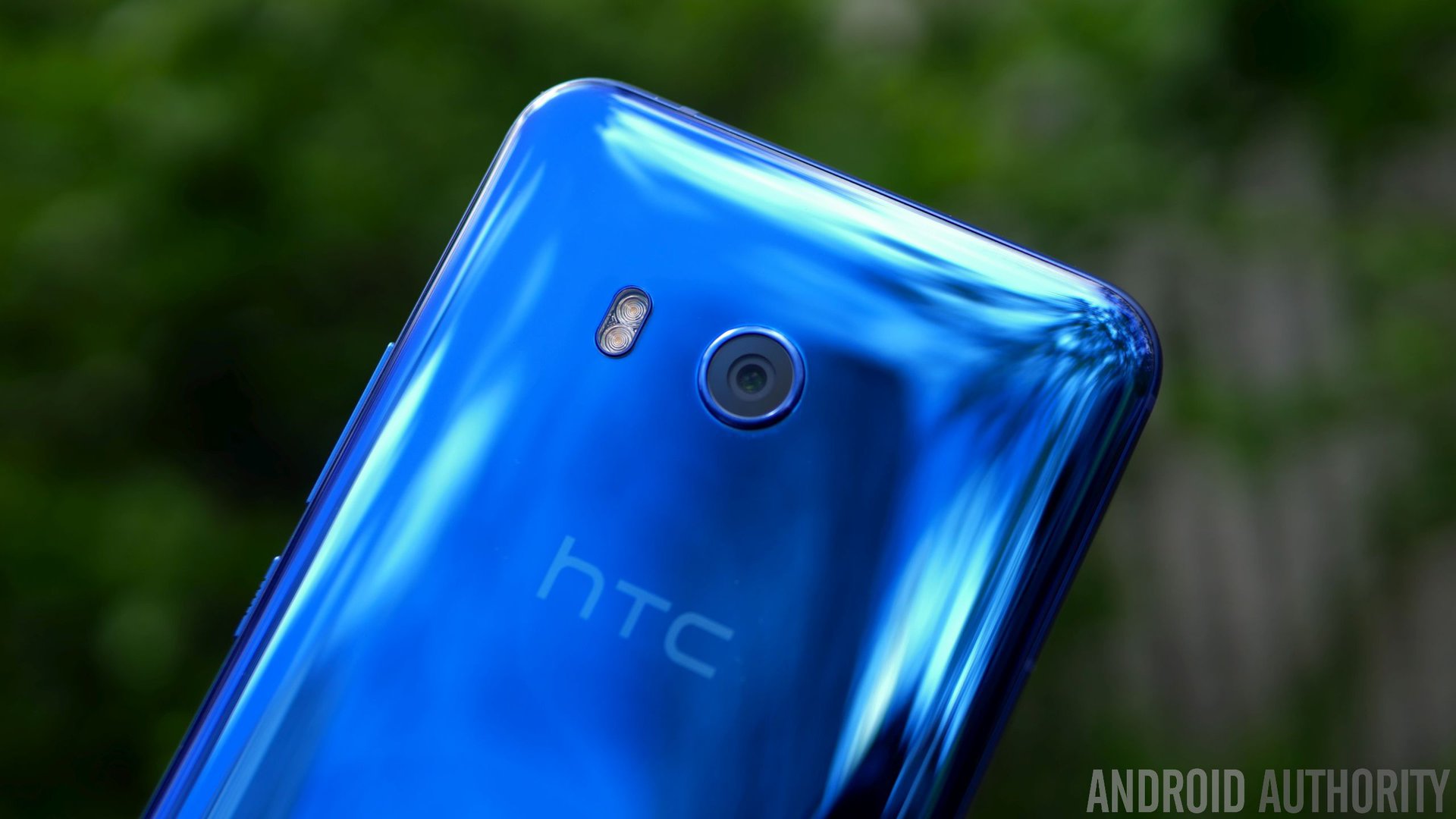
Moving onto the cameras, there’s a 12 MP “UltraPixel” camera in the rear, which features 1.4μm pixels, “UltraSpeed” auto focus, OIS, dual-LED flash, and an f/1.7 aperture lens. Even though it’s difficult to gauge its performance and quality right now, HTCassures us that it’s going to be near or at the top of many benchmark tests. Complementing that is a beefy 16 MP front-facing camera with a BSI sensor, f/2.0 aperture and HDR Boost mode (which is essentially always-on instant HDR with no lag).
Knowing what HTChas brought to the table, is it enough to compete against the current lineup of flagships? Being the last to announce its first-half flagship, HTChad ample time to organize and develop its flagship phone to make it a formidable one. At the current moment, it’s honestly going to hinge on one key factor; pricing.
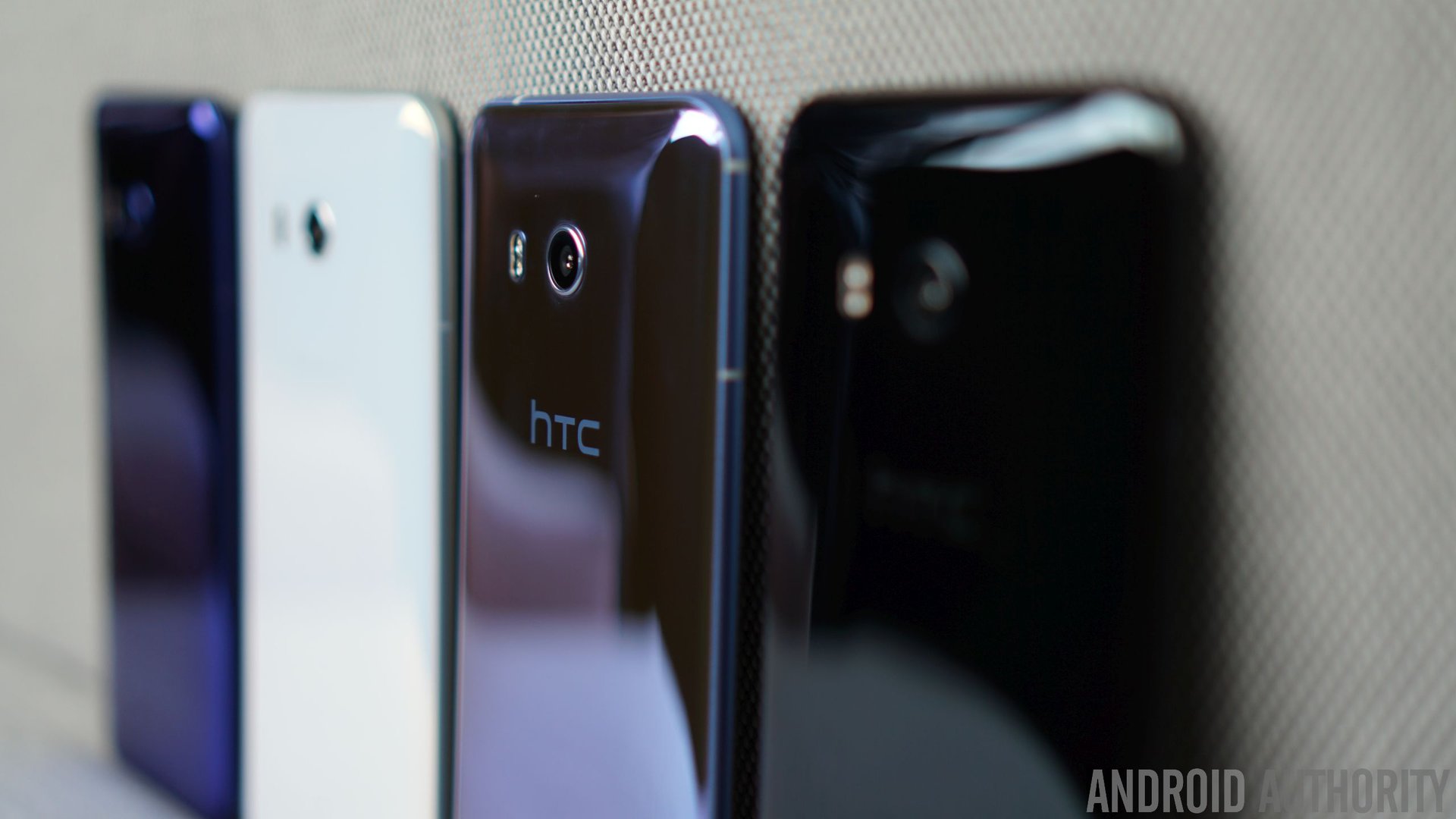
At launch, it looks like Sprint will be the only US carrier to sell the HTCU11, which has a price of roughly $700 attached to it. That’s right there with the rest of the pack, but HTC is sweetening the deal by giving away two Amazon Echo Dots if you pre order right now from Sprint. Unlocked versions of the phone will be available through HTCand Amazon’s web sites.
The pricing is more justified than the HTCU Ultra, but it still has some stiff competition. If it proves to be superior in key areas like battery life, performance, and camera, it can absolutely bring HTCback into the spotlight.